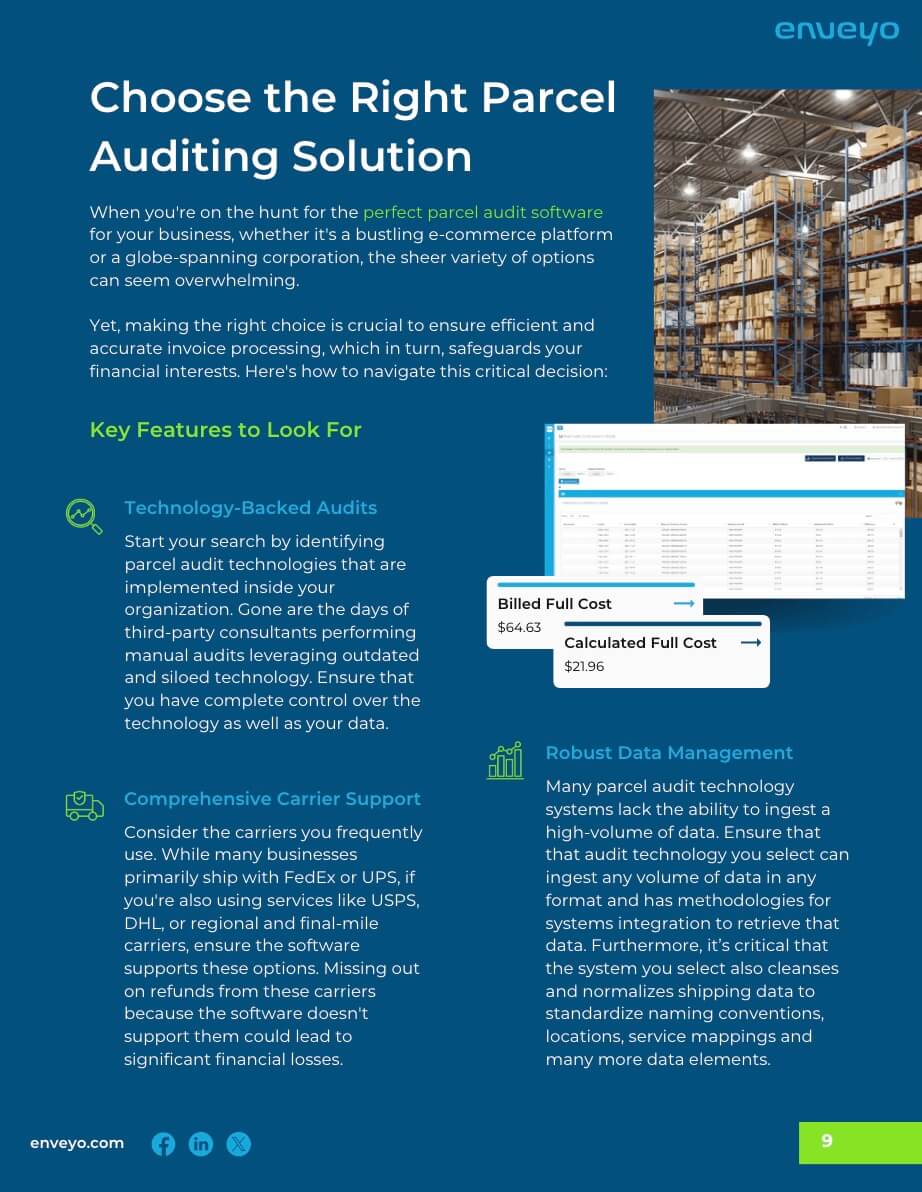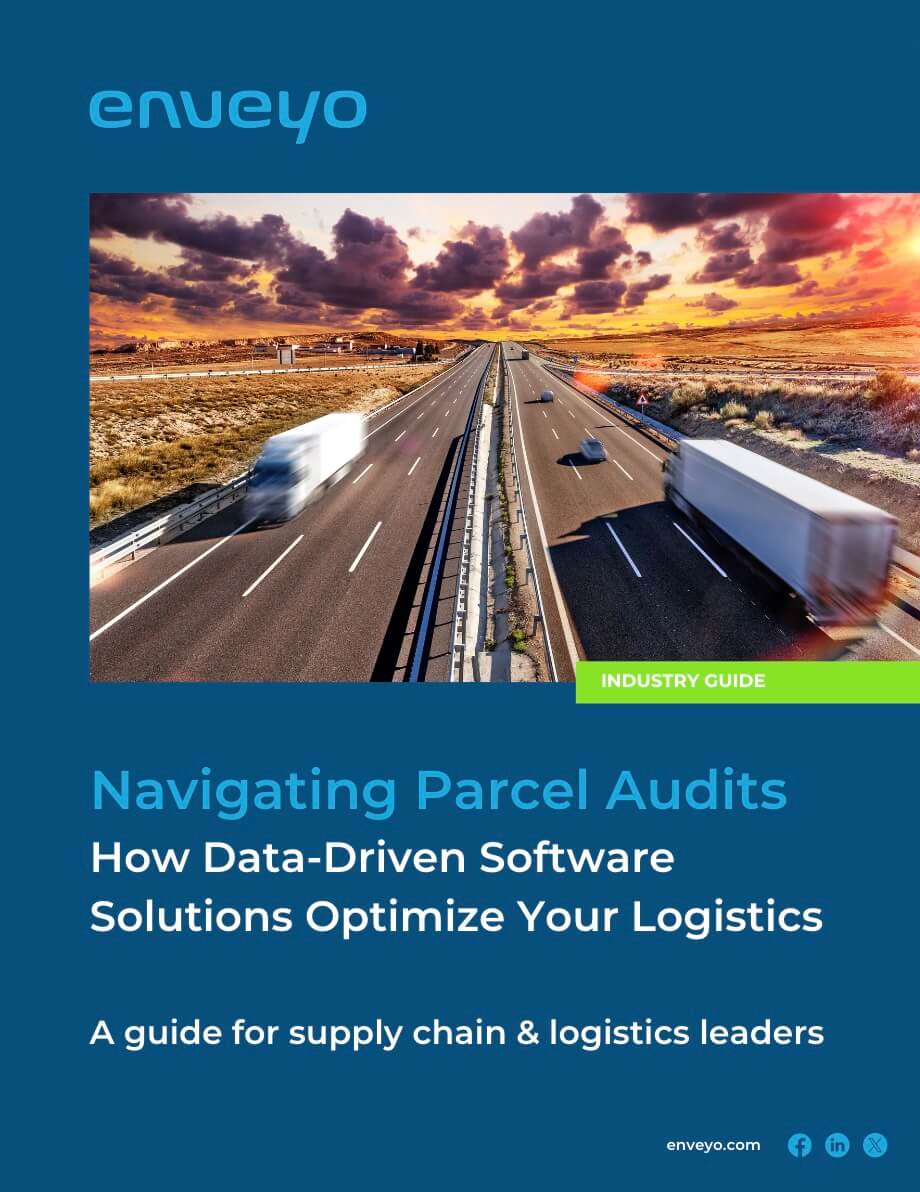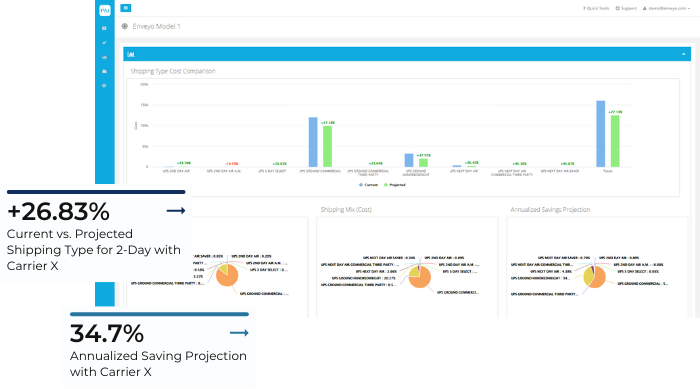In today’s rapidly evolving market, how you manage your package shipping and logistics processes could mean the difference between rapidly increasing overhead costs and efficient, streamlined operations. The concept of parcel spend management is a cornerstone for businesses looking to gain control over their shipping costs and improve their bottom line. With the intricate dance of negotiating carrier contracts, achieving visibility into the entire shipping process, and ensuring service-level agreements are met, mastering parcel spend management is crucial. This strategy becomes even more complex with the growth of e-commerce, where small parcel shipping is a significant part of business operations, making cost reduction strategies and efficient parcel solutions imperative for staying competitive.
Understanding Parcel Spend Management
As we dive into the nuances of parcel spend management, we’ll explore effective parcel audit processes, aimed at identifying carrier invoice errors and ensuring accessorial fees are justified, and learn how optimization of packaging and logistics can significantly reduce costs. We’ll guide you through the best practices for negotiating rates with carriers, demonstrate the importance of data analytics and performance metrics for informed decision-making, and illuminate the benefits of integrating automation and transportation management systems (TMS) into your supply chain optimization efforts. Ensuring that your operations are geared towards minimizing shipping costs without compromising service quality requires a detailed parcel spend intelligence, making the insights shared in this article indispensable for shippers and 3PLs looking to enhance their parcel shipping optimization and overall parcel spend management strategy.
Definition and Importance
Parcel spend management is the strategic process of analyzing and optimizing your shipping costs to effectively reduce parcel program expenses. It involves negotiating favorable rates and services from carriers, auditing parcel invoices, and automating logistics processes to increase efficiency without compromising service quality. In today’s dynamic market, effective parcel spend management is not just an option but a critical requirement for shippers and 3PLs of all sizes to remain profitable and competitive.
Key Components and Objectives
- Data Transparency and Analysis – Technological advancements have enabled more effective utilization of shipping data, leading to streamlined operations. Key data points such as shipping volumes, carriers performance, service-level costs and accessorial fees are collected, consolidated, and analyzed. This data-driven approach aids in making informed decisions, optimizing rates, and enhancing real-time tracking for overall better management of parcel expenses.
- Shipping Rate Negotiation – Negotiating or renegotiating your carrier contracts is crucial for ongoing, efficient parcel spend management. This involves periodic reviews of agreements, benchmarking current rates against industry standards, and leveraging robust logistics modeling technology to identify new cost-saving opportunities. Effective negotiation ensures you secure favorable shipping rates and terms.
- Service-Level Optimization – Balancing costs with service levels is essential. Evaluate available services to select cost-effective options that meet customer expectations without overspending on unnecessary features.
- Real-time Tracking and Visibility – Providing up-to-date shipment status improves customer trust and transparency. It also enables shippers and 3PLs to optimize delivery routes and reduce transit times, contributing to overall efficiency.
- Packaging Optimization – Minimizing the dimensional weight of shipments can significantly reduce costs. Effective packaging ensures parcels take up less space and are less likely to incur damages, thus saving on both shipping and material costs.
- Invoice Audits – Regular reviews of carrier invoices are necessary to identify and rectify any billing errors or discrepancies. This ensures financial accuracy and prevents overcharges, helping maintain cost efficiency.
By focusing on these components, businesses can effectively manage their parcel spend, leading to reduced costs and improved operational efficiency. This strategic approach not only supports parcel cost management but also enhances customer satisfaction by ensuring timely and reliable delivery services.
Conducting Effective Parcel Audits
Identifying Overpayments
Conducting effective parcel audits begins with identifying overpayments, which often stem from billing mistakes common in high-volume shipping contracts. These can include small rate miscalculations due to mis-measured parcels or unnecessary accessorial fees added to invoices. By thoroughly auditing your parcel invoices with automated parcel audit software, you can uncover these errors and overcharges, ensuring you are not paying more than necessary. This proactive step is crucial for cost reduction, potentially lowering your shipping spend by as much as 15%.
Verifying Carrier Invoices
The next step involves analyzing carrier invoices to ensure their accuracy. A thorough parcel audit automatically examines invoices from all your carriers, analyzing each charge against the agreed terms in your carrier agreement. This includes charges for any duplicate invoices, incorrect weights or dimensions, and ensuring that any accessorial charges are justified. Regular invoice audits help maintain financial accuracy and prevent overcharges, thus supporting efficient parcel spend management.
Analyzing Trends and Patterns
Finally, analyzing trends and patterns in your shipping data through automated parcel audits allows for more informed decision-making. With comprehensive shipping data from parcel audit software, you can better forecast future parcel spend and identify cost-saving opportunities. This might include recognizing patterns of frequent overcharges or pinpointing inefficiencies in your shipping routes. Regular trend analysis not only helps in reducing costs but also enhances the overall effectiveness of your parcel spend management strategy.
Navigating Parcel Audits Industry Guide
How Data-Driven Software Solutions Optimize Your Logistics


Strategies for Negotiating Carrier Contracts
Leveraging Volume Discounts
When negotiating carrier contracts, one effective strategy is to leverage your shipping volume to secure better rates. Leverage shipping analytics software the integrates with your parcel carriers and business systems to have a central record of your shipping data to establish your volume credibility. During negotiations, emphasize your business’s potential growth and commitment to shipping a certain volume. Be prepared to commit to a minimum volume to secure more favorable rates. This approach not only demonstrates your value as a client but also positions you to receive significant discounts or free packaging, which can greatly reduce overall shipping costs.
Customizing Service Agreements
Negotiating contracts and service agreements involves looking beyond just the base rates. It’s crucial to consider all aspects of the carrier agreement, including additional fees, surcharges, and discount structures. Maintain a professional relationship with your carrier’s representative, as they can provide invaluable assistance in securing the best terms. Negotiate beyond the base rates and aim to customize the service agreement to align with your specific shipping needs and business goals. This might include negotiating for better rates on packages over a certain weight or securing discounts on additional handling surcharges that are often overlooked but can add up significantly. Leveraging logistics modeling software supports your negotiation strategy with data-driven logistics insights to ensure you negotiate on the most important aspects of your agreement and maximize cost-savings opportunities.

Optimizing Packaging and Logistics
Reducing Dimensional Weight
To effectively manage your shipping costs, understanding and reducing dimensional weight (DIM weight) is crucial. DIM weight is a pricing technique that considers the volume a package occupies during transport, encouraging more efficient packaging. Start by measuring the dimensions of your packages and calculating their volume. Use this information to select packaging that minimizes wasted space and aligns more closely with the actual weight of the products. This approach not only reduces shipping costs but also promotes eco-friendly practices by decreasing the amount of packing material used and optimizing the space in delivery vehicles.
Automating Processes
Incorporating automation into your logistics can significantly enhance efficiency and accuracy. Implement solutions like conveyor belts and robotic arms to streamline tasks such as sorting, picking, and packing. Utilize advanced systems like automated storage and retrieval systems (AS/RS) and predictive analytics software for inventory management. These technologies help minimize manual labor and reduce errors, leading to faster processing times and lower operational costs.
Additionally, implement multi-carrier shipping software to improve logistics planning across all carriers in your network. Leveraging robust business rules to automatically select the best carrier and service for each shipment, ensures that you’re optimizing cost at every mile.
By focusing on these strategies, you can optimize your packaging and logistics operations, leading to substantial cost savings and improved service delivery.
Master Parcel Spend Management with

Gain complete visibility into comprehensive shipping performance and related cost data to drive your parcel program costs down... and keep them down.
Chat with the Enveyo teamChat with the Enveyo team




